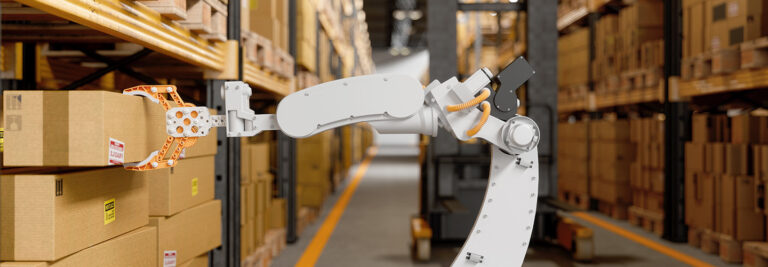
Supply chain automation tools can improve and optimize decision-making, reduce costs, streamline operations and make the delivery of goods more reliable.
Take the case of Quiet Platforms, the logistics subsidiary of American Eagle Outfitters, which has built a geographically distributed network of omnifulfillment facilities connected by high-speed routes. Within these facilities, the company is using RPA to streamline operational activities, such as the picking and stowing of products, to improve productivity and the quality of operations.
“We’re also experimenting with automation of other activities, a number of which may eventually become exclusively robot-enabled,” CTO Charles Griffith says. “We use AI to automate intelligent decisions in areas such as validation and fulfillment planning.”
Automation Is Becoming the Norm For Retailers
Companies have been automating supply chains in various forms for decades, says Simon Ellis, who leads IDC’s global supply chain strategies practice. What’s new is the rise of RPA and AI tools, especially to enable “taking the human out of the decision- making process for certain tasks, but not all tasks.”
Companies will also turn to solutions such as Robotics as a Service, in which robots can be connected via software to warehouse management systems, Ellis says.
DIVE DEEPER: Learn about the technology retailers can leverage to address supply chain issues.
He expects the adoption of supply chain automation technologies to continue to accelerate. For one, robots picking and sorting products on warehouse floors don’t require health insurance or experience a learning curve, reducing costs and increasing productivity.
Even so, the technology is more often used to augment human workers than replace them. Automation is likelier to be deployed in industries that are particularly people-intensive, including automotive, manufacturing, retail, and food and beverage production, Ellis says, more due to difficulty finding qualified workers than a desire to cut workforces.
Labor shortages are a problem, since “the inability to manage the required order flow within any facility impacts sales,” Ellis says. “On some level, it’s no longer ‘automation replacing a person equals bad.’ It’s ‘automation doing some-thing I can’t find somebody to do anyhow equals good.’”